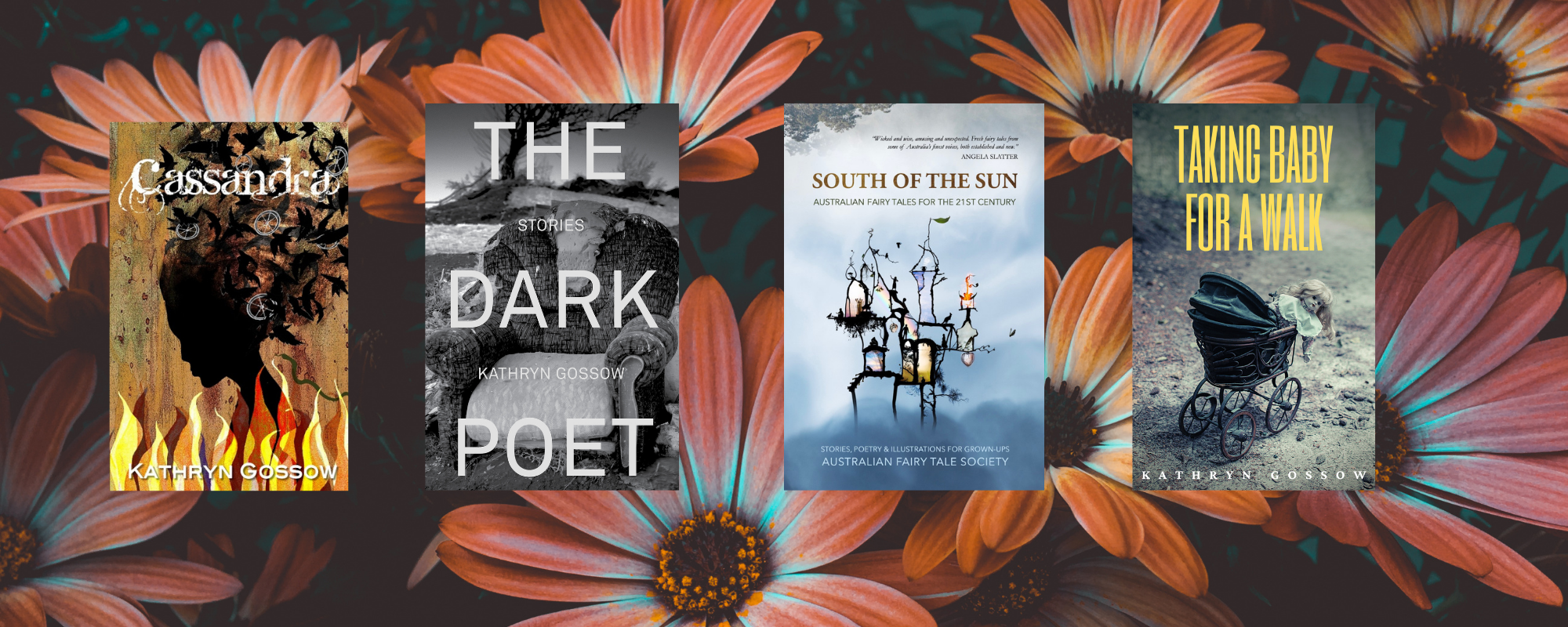 In the olden days, when I was in high school, we wrote out our assignments by hand. Pen and paper. We even ruled a red line along the edge of the page as the margin. My friend Shelly said to me one day, the difference between her and our friend Victoria, was that if Shelly’s margin line was a bit crooked, she fixed it with liquid paper and Victoria would throw the page away and start again. Me? A crooked margin? I just left it that way. Does anyone really care about a crooked margin?
In the olden days, when I was in high school, we wrote out our assignments by hand. Pen and paper. We even ruled a red line along the edge of the page as the margin. My friend Shelly said to me one day, the difference between her and our friend Victoria, was that if Shelly’s margin line was a bit crooked, she fixed it with liquid paper and Victoria would throw the page away and start again. Me? A crooked margin? I just left it that way. Does anyone really care about a crooked margin?
That is why I need an editor. For everything. Even my shopping list is crooked and odd.
I have said that writing a book is like being pregnant. At some point, the baby is almost cooked. You want it to be healthy and the best baby it can be. You get all sorts of help and advice. You might even take nutritional supplements. Or get an editor.
Every book has to have a good professional edit at some point. If you are self-publishing, I think you must get a professional edit. You need your book to be totally slick. I hoped to sell my book to a traditional publisher. I did not feel I had the time or confidence to self-publish – but it was a fall back I was willing to consider. Either way, I figured, a professionally edited manuscript was an investment in my belief in my work. I wanted it to look as good as it could – and well, I already said attention to details like crooked margins is not my thing.
There are three main types of editing. Before you engage an editor you need to decide what you need.
This is my experience of two types of editing – a structural edit and a copy edit.
A structural edit is a big picture look at your manuscript.
Does the story make sense? Does the sum of the parts contribute to the whole? A macro edit will consider elements like plot, characters, voice, the point of view, theme and pace.
I was lucky enough to win a Mentorship with the Australian Society of Authors and worked with Judith Lukin-Amundsen. She essentially looked at the big picture of my book and one of her concerns was my ending. I went back and considered my manuscript and with Judith’s help realised I had my antagonist all wrong. I thought Athena was my antagonist. The real antagonist was Cassandra’s gift of prophecy. If I followed the flow of the book with that in mind, the ending had to change. I changed it.
A copy edit is the when the devil is in the details
Some time or other, some smart alec decided there was only one space after the full stop. I cannot for the life of me stop my finger from making two spaces. Also, grammar was barely a consideration in my 1970’s curriculum. I have a regular habit of typing and instead of an. The biggest problem is I can’t see those mistakes. I just see what I expect to see. I worked with Gail Tagarro from editors4you – she gently fixed all my weird tics. If I was rich I would get her to edit all my blog posts before I publish them.
A copy edit is a bit more than a proofread though. For example, in my manuscript, I describe a character as thinking of someone as being happy as Larry. As Gail competently pointed out in her copy edit – this is a cliche. Cliches should be avoided like the plague. This is the real clincher. A good editor’s job is to suggest changes. This is what Gail did so well. She suggested, she never pushed. My use of the cliche was intentional and I still get to choose to use it.
Finding an editor
In Australia, there is a Society of Editors in every state except the NT where you can find an editor. The Institute of Professional Editors Limited is setting up a national database.
A good editor will give you a price upfront. I gave Gail a 2000 word sample – which helped her to know how much work I would be and meant she could give me a realistic quote. It also gave me the opportunity to see her editing work before I decided to engage her.
Now I will publish this post and Gail will read it and see all my mistakes!

2 thoughts on “Editors are like nutritional supplements”